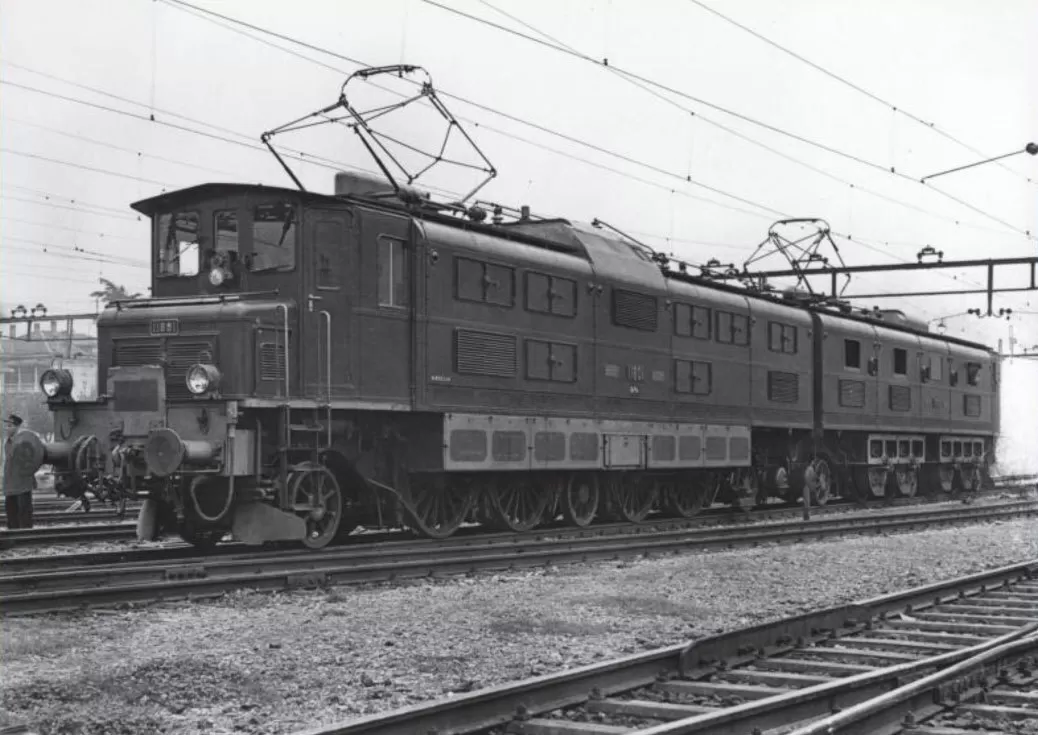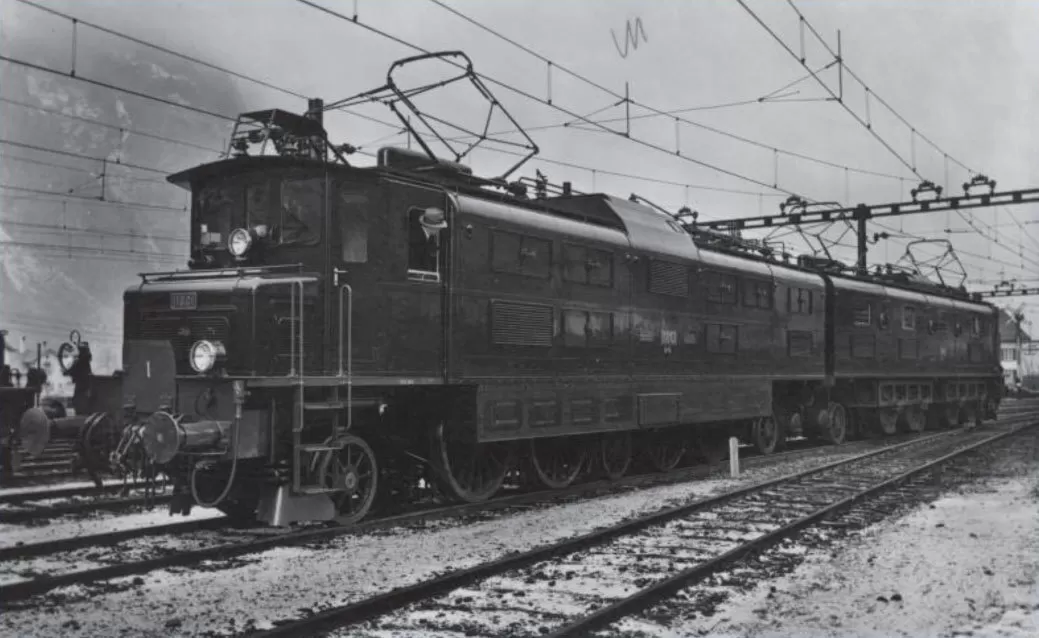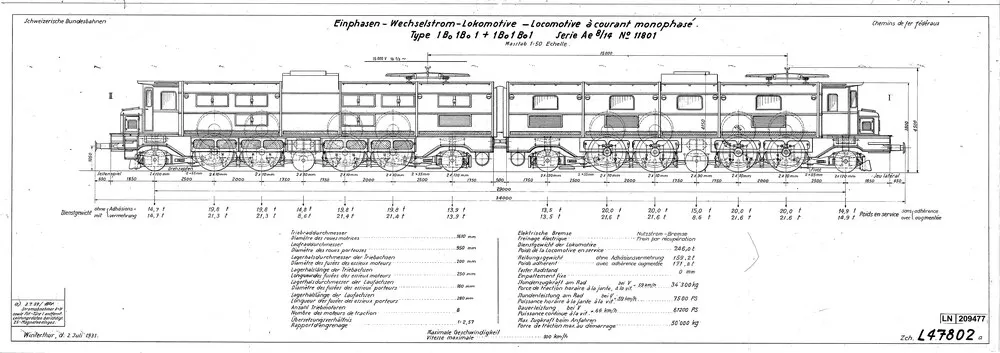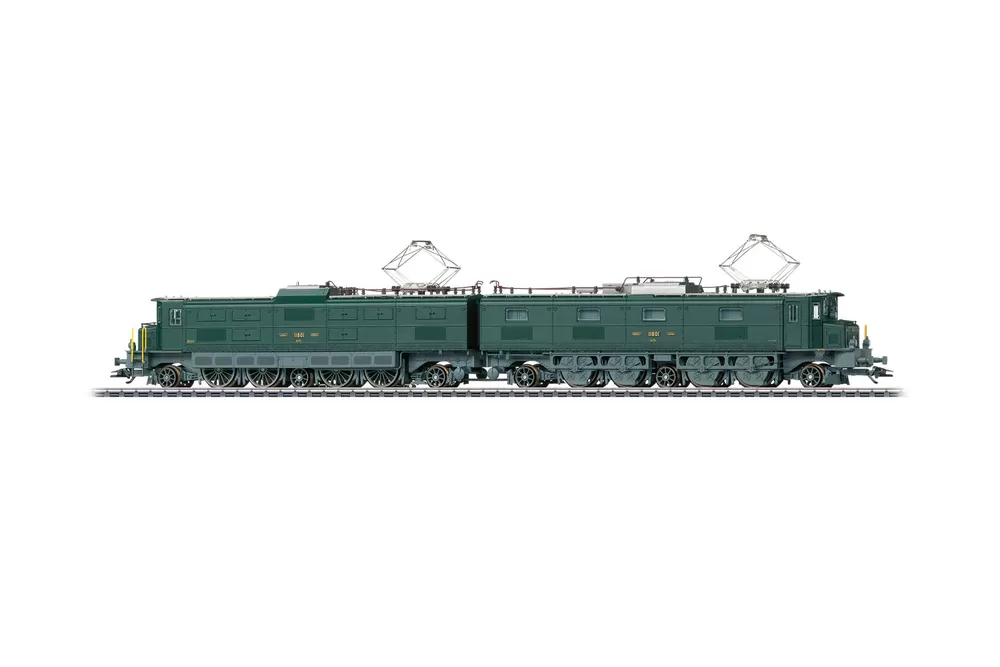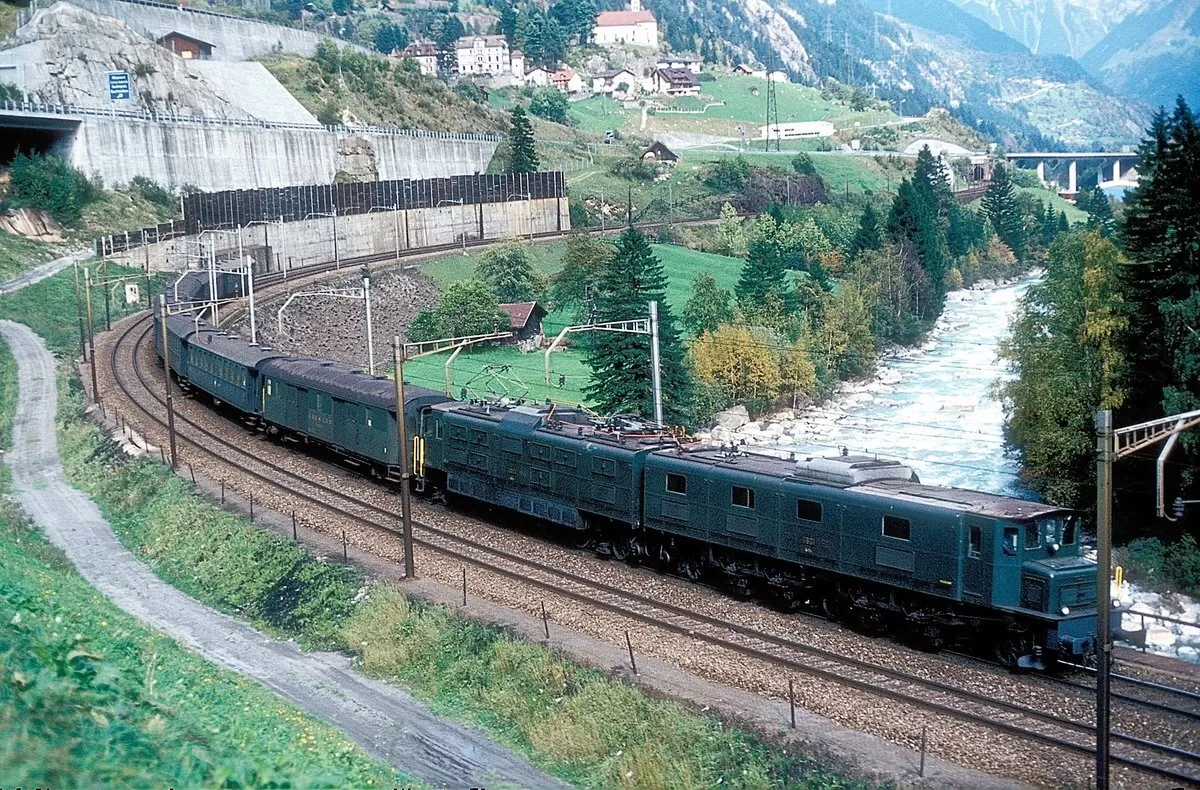
Source: Werner Brutzer

Source: Werner Brutzer

Source: commons.wikimedia.org
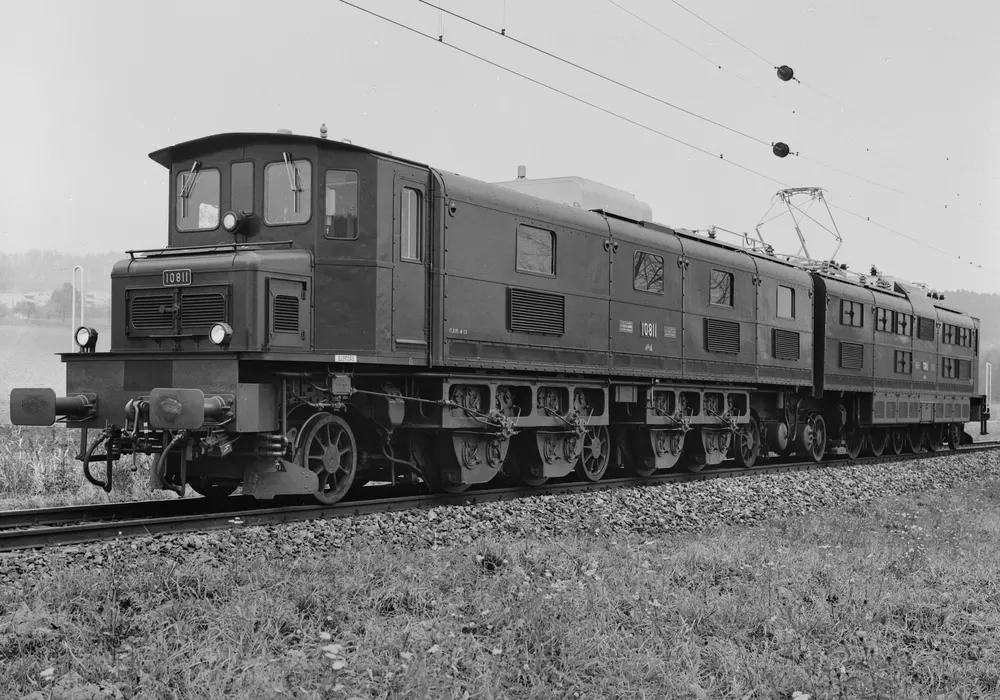
Source: commons.wikimedia.org
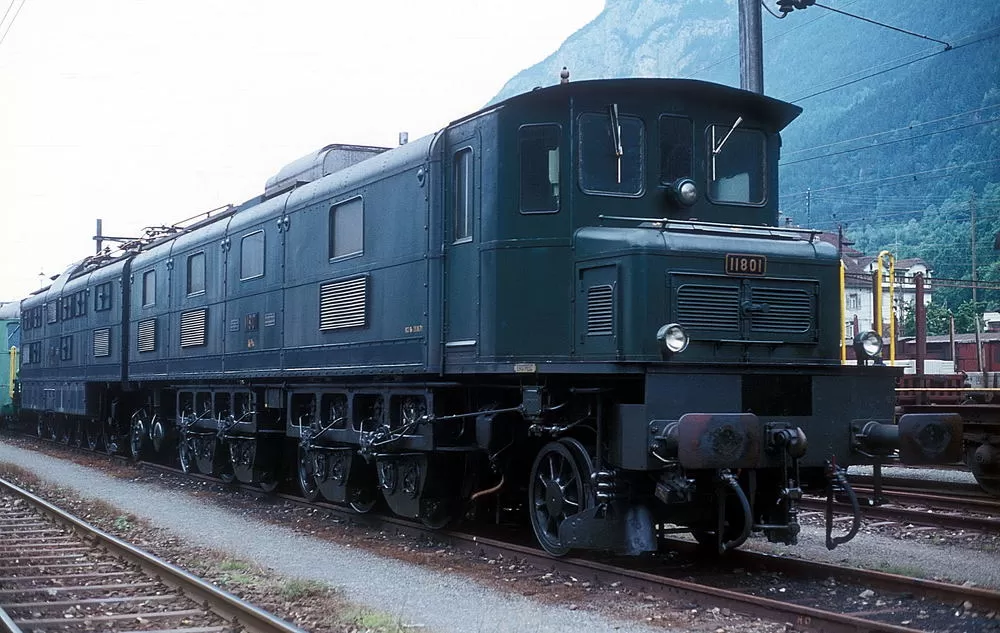
Source: flickr.com
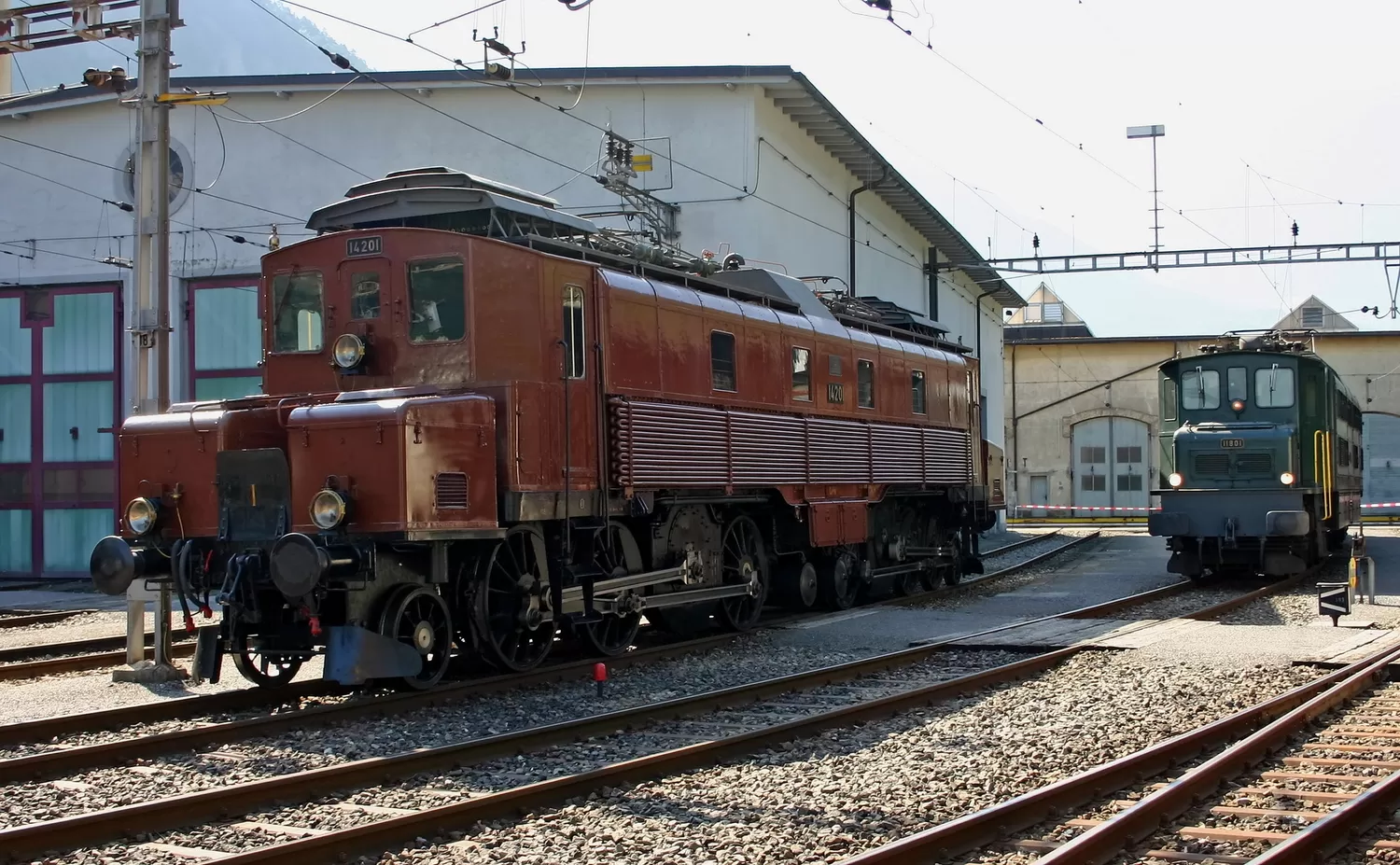
Source: Vectron X4E
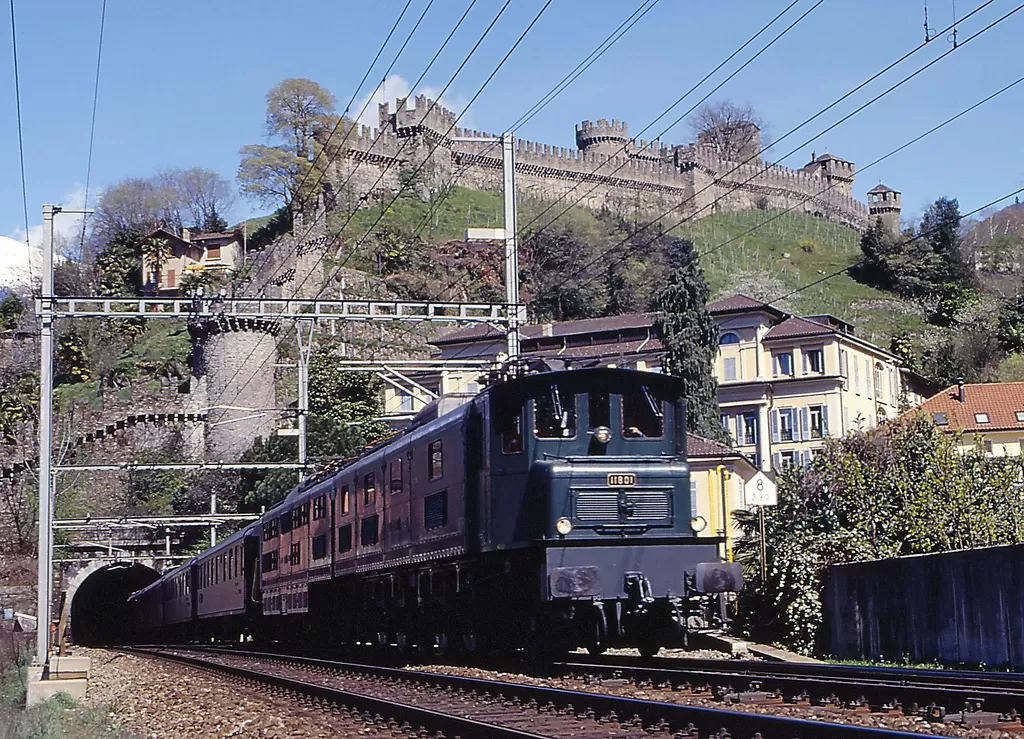
Source: maurizio messa
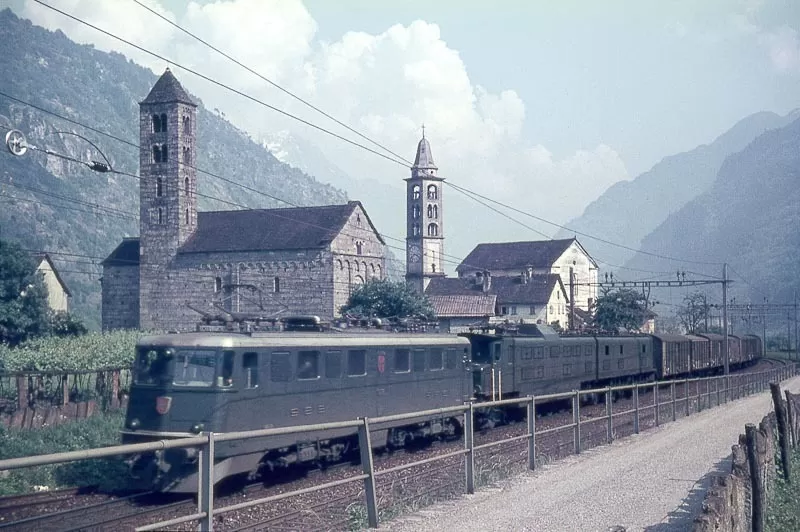
Source: Max Hintermann
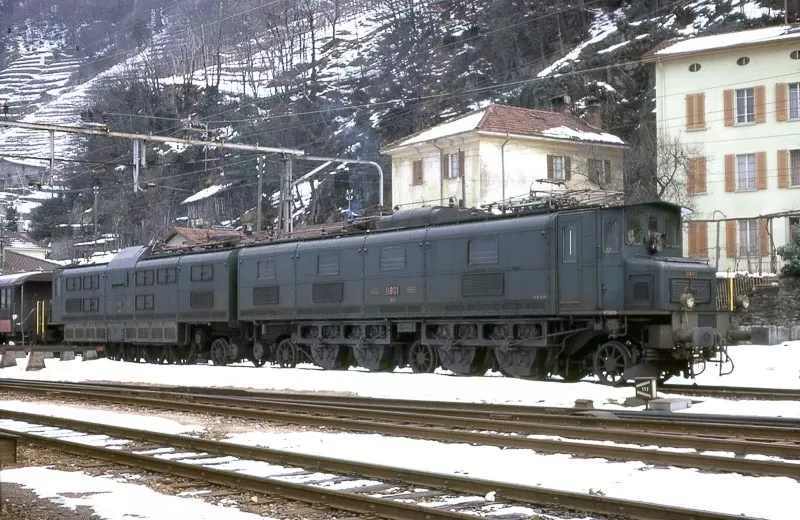
Source: Karl Meyer
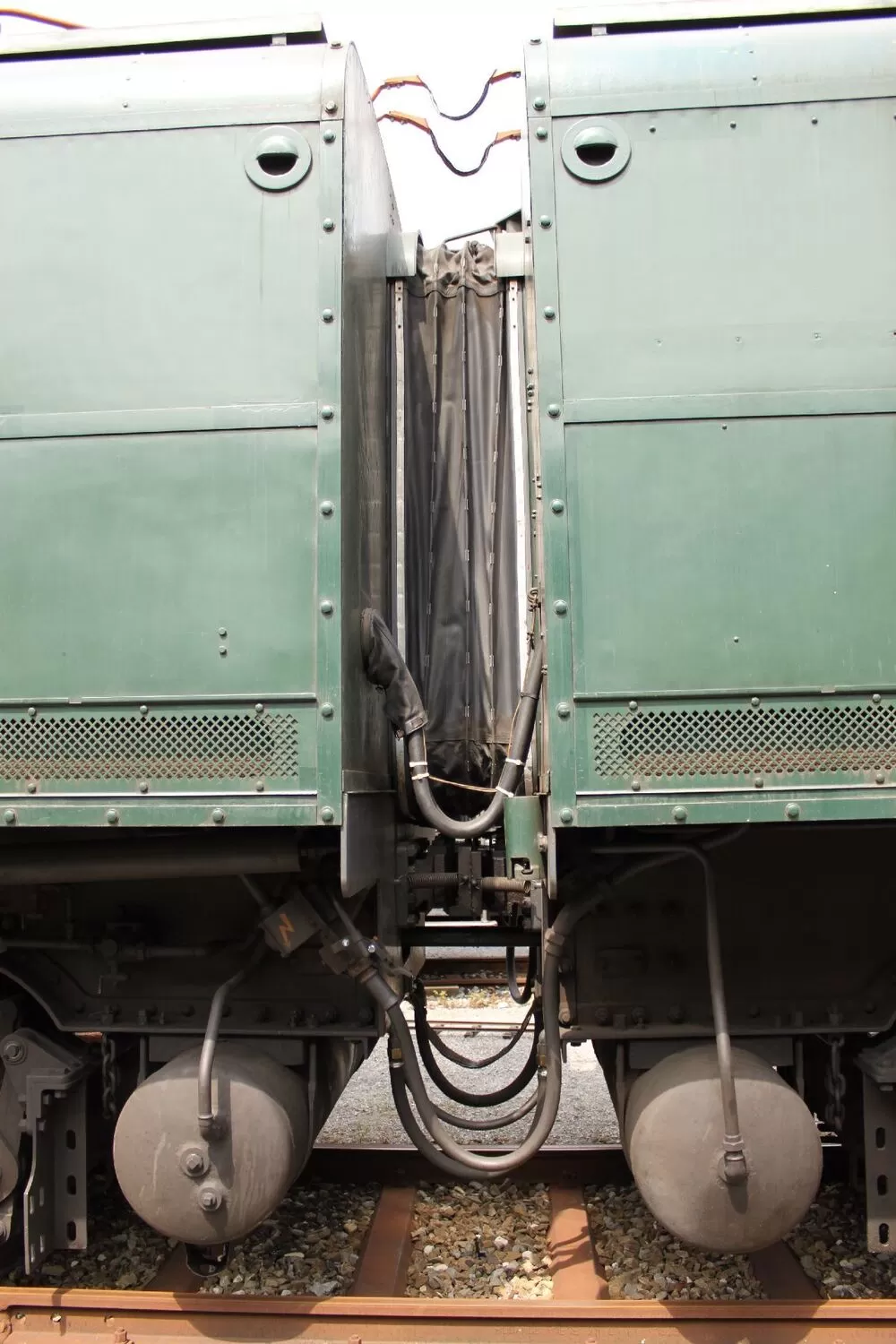
Source: Roland
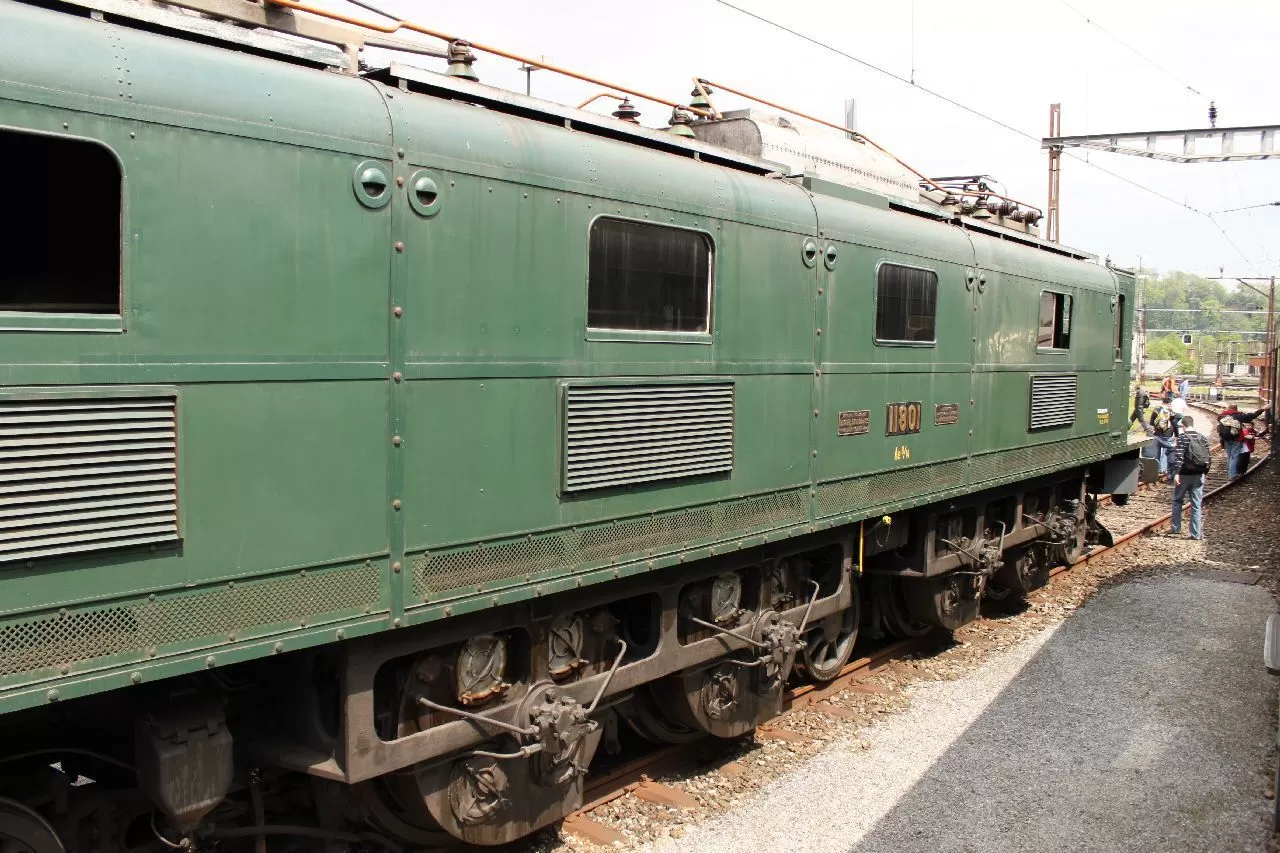
Source: Roland

Source: Roland

Source: Roland
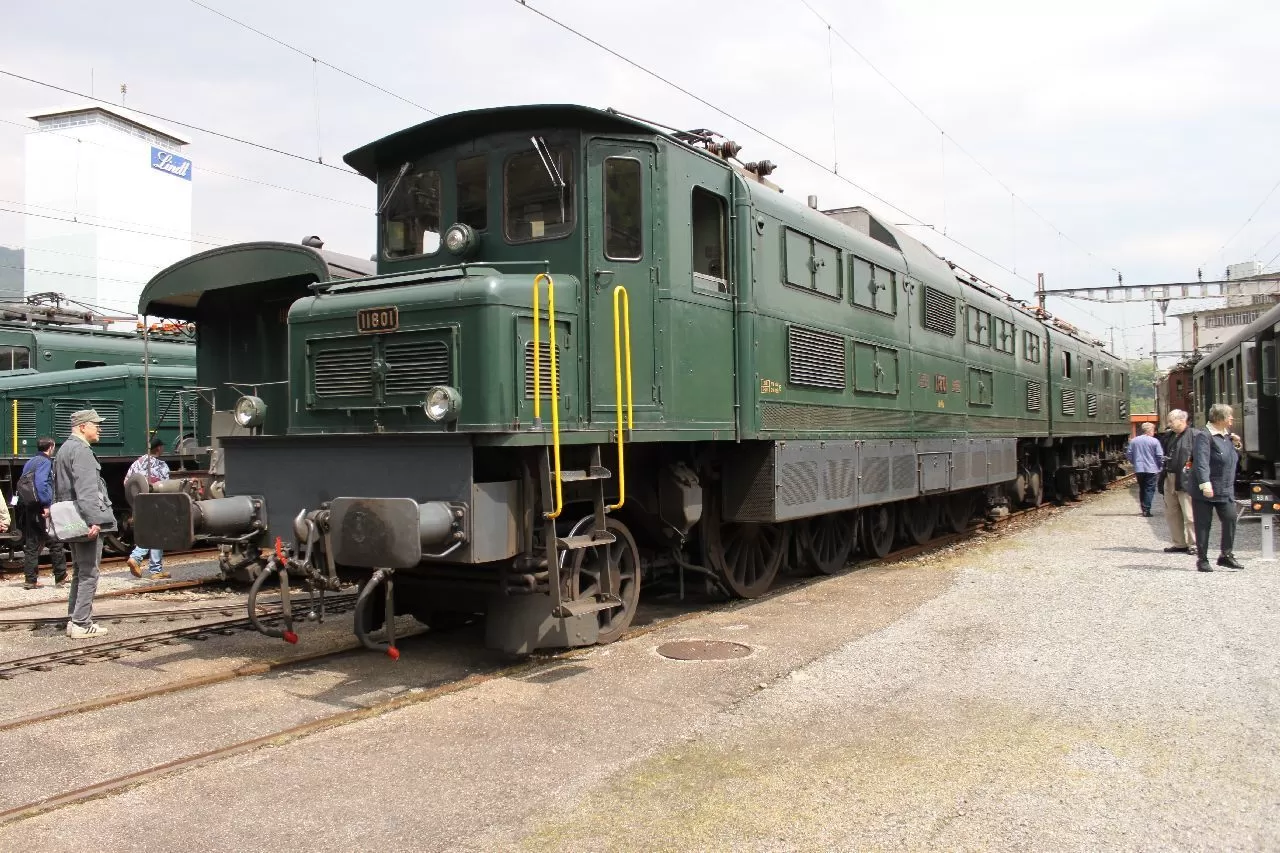
Source: Roland
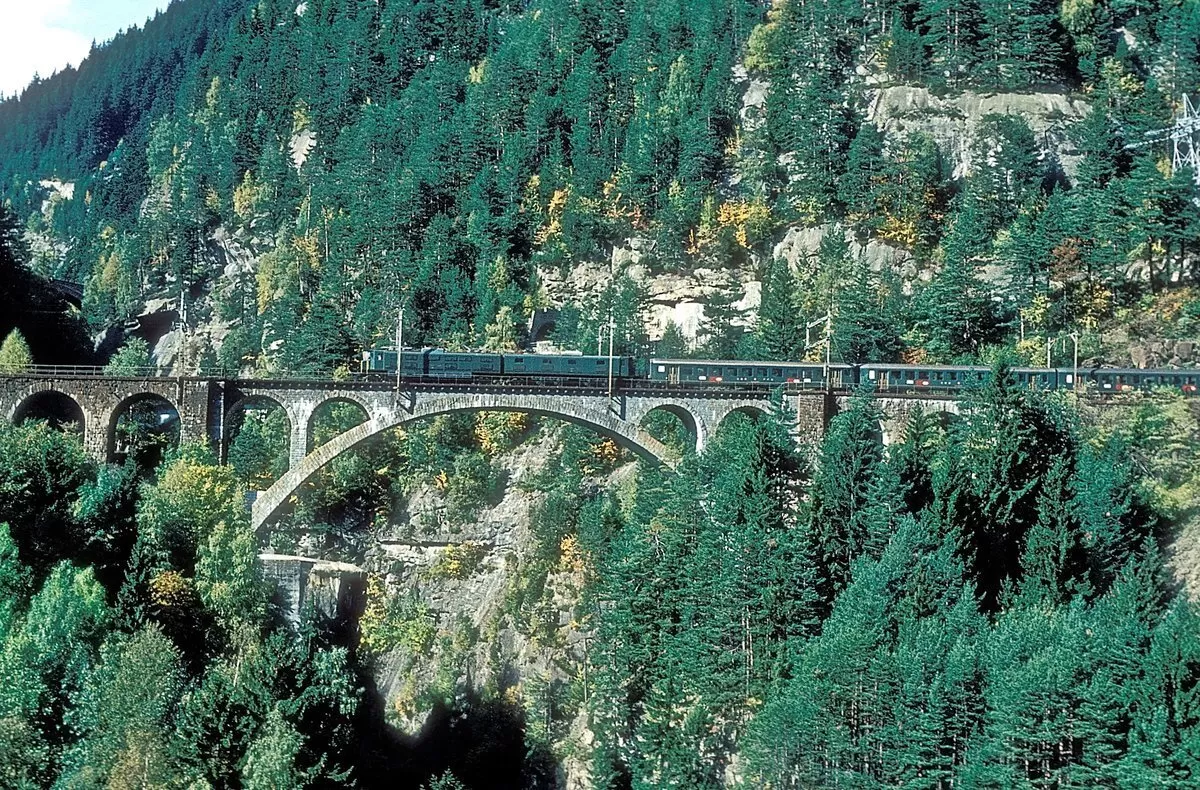
Source: Werner Brutzer

Source: Werner Brutzer

Source: Werner Brutzer
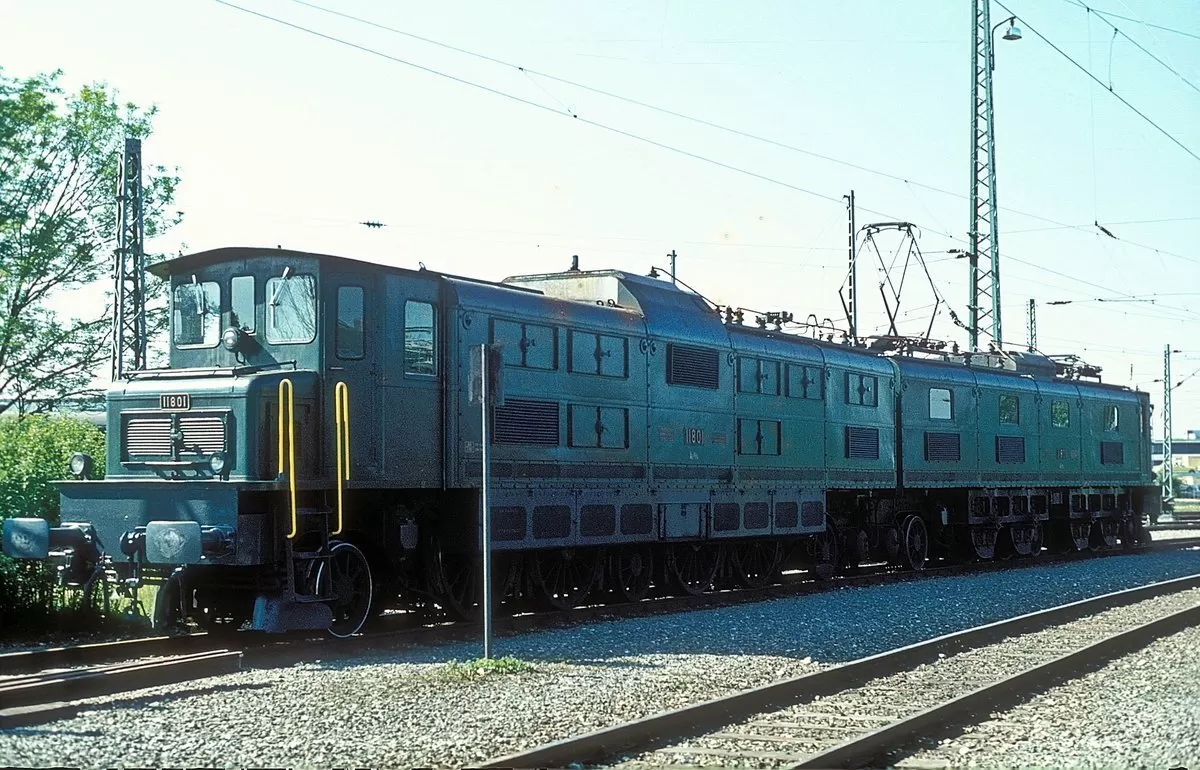
Source: Werner Brutzer

Source: Georg Trüb
Vehicle type:
Registration country:
The electrification of the Gotthard Line including its approach
routes from Lucerne to Chiasso was completed on May 18th, 1922. The
locomotives purchased for it (the classes Ce 6/8 II & III, Be 4/6
and Be 4/7) functioned extremely well and clearly showed the
advantages of electrical operation.
However, the new electric motive power soon meant increasing loads
and the situation on the Gotthard became increasingly tighter. In
neighbouring countries, there had soon been talk that loads over
the Gotthard could be moved quite a bit faster than previously.
Even though the electric locomotives of the first generation were
clearly more powerful than the last steam locomotives, they could
not take on endlessly increasing loads. A new locomotive class
should therefore provide a remedy. The first studies showed that a
locomotive with four sets of driving wheels would represent the
most favorable solution. Express trains of 600 metric tons would
have required two of these units in multiple unit control. There
were no multiple unit control for locomotives with electric brakes
for this power class, in which the units could be uncouples and
coupled again as often as desired.
The Swiss Federal Railways (SBB) therefore decided on a double
locomotive that was not separable in operation. This enabled a
savings in two engineer's cabs and various pieces of equipment only
required once. In February of 1929, the SBB requested the
locomotive builders to come up with designs for the desired unit
with a considerable specification profile. It had to be 100 km/h
fast and able to haul 600 metric ton passenger trains at 62 km/h
and 750 metric ton freight trains at 50 km/h on a 2.7% grade.
Electric regenerative brakes had to be able to stop the locomotive
weight on a 2.7% descending grade. After twenty submitted projects,
the SBB decided on the construction of one each prototypes from
designs by SLM/BBC and SLM/MFO.
1931
Ae 8/14 11801 enters into service
On the running gear, the two outer sets of driving wheels of each locomotive half were linked with the end pilot wheel sets to form a truck. Since the center wheel sets had side play, each locomotive half was guided merely by the centring of the trucks. This made it possible to negotiate curves with a radius of 100 meters / 325 feet. The main frame of each locomotive half was suspended at four main support points whereby the support springs for all of the driving wheels and the center pilot wheel set were linked by equalisation levers. A new feature was the reduction of weight on the center pilot wheel set of each locomotive half for difficult startups by increasing the pressure on the sets of driving wheels. The axle load on the latter could be increased from around 20 to about 21.5 metric tons and thereby increase the adhesion weight from 160 to 172 metric tons.
Road number 11801 had Buchli drive on each set of driving wheels that was almost identical to the Ae 4/7. With this type of drive, the motor was mounted rigidly in the frame above the corresponding wheel set.
At a suggestion from BBC, the voltage and speed control on the high voltage side of the transformer was done with a high voltage control with 28 operation levels the first time the locomotive was run. This arrangement resulted in considerable savings in space and weight since the relay equipment was now rated for a current about 30 times smaller than before. The actual step relay with current-free transition from one transformer tap to another worked under oil and it was installed in a bulge in the transformer tank. Activation of the control was now no longer done by means of the usual hand wheel but rather by a new type of controller as a switching lever with a pressure button. This switching lever controlled the setting for the reverser for forward and reverse as well as the drive motor for the step relay.
Concerns registration number(s): 11801
Do you have additional informations regarding this vehicle?
Help us writing the history of Ae 8/14 11801! Your knowledge is precious for us and the entire community, do not hesitate to share your facts, photos or videos:
Latest update on the 7th of September 2019 at 17:06
Contributor(s): Tudor C.
Discussion forum


